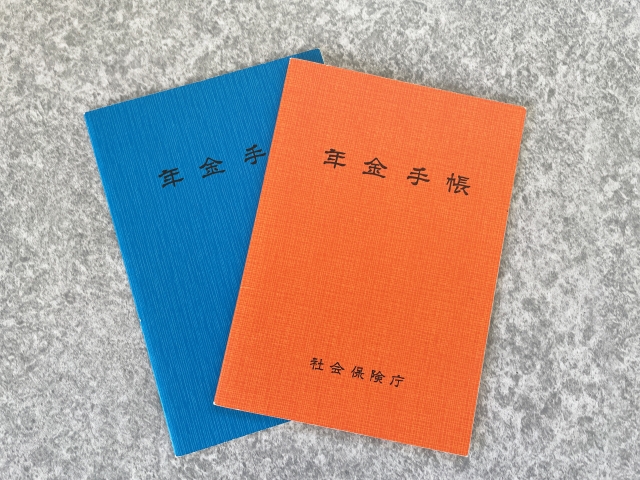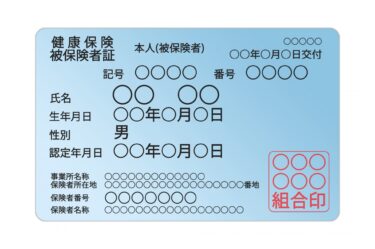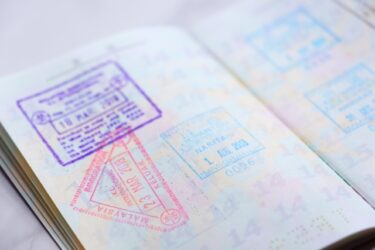All persons aged between 20 and 60 with a domicile in Japan are obliged to join the pension system. This applies even to foreigners, regardless of their nationality.
There are two types of Japanese pension schemes: the National Pension Scheme (KOKUMIN NENKIN) and the Employees’ Pension Scheme (KOUSEI NENKIN).
National Pension Scheme (KOKUMIN NENKIN)
The National Pension Scheme is a pension scheme to which all persons aged between 20 and 60 who live in Japan are obliged to join. The National Pension is divided into the following three types of insured persons, all of which are also covered by foreigners.
Category 1 insured persons: self-employed people, students, unemployed people, etc.
Category 2 insured persons: company employees, civil servants, etc.
Category 3 insured persons: spouses of Category 2 insured persons, etc.
Employees’ pension (KOUSEI NENKIN)
The Employees’ Pension is a pension scheme for those insured under Category 2 of the National Pension Scheme, in addition to the National Pension Scheme. It means that foreigners who work for a Japanese company (* Compulsory coverage offices) are required to pay “National Pension Insurance premiums + Employees’ Pension Insurance premiums”. The company pays half of the premiums for the Employees’ Pension Scheme.
Compulsory coverage offices: offices that are obliged by law to join the Employees’ Pension Insurance and Health Insurance schemes. Corporations such as joint-stock companies and private establishments with five or more employees fall under the category of compulsorily covered establishments.
If a foreigner living in Japan works for a company as a full-time employee, he or she is required to join the Employees’ Pension Insurance scheme, the premiums for which are deducted from his or her salary, but if he or she works part-time (less than 3/4 of a full-time employee’s working hours), he or she must join the National Pension Scheme on his or her own.
If I join the pension system in Japan, I would have to pay a lot of premiums…?
For foreigners who are enrolled in a pension scheme in their home country, enrolment in a pension scheme in Japan also means double payment of insurance premiums. In addition, as it is necessary to pay insurance premiums for at least 10 years to receive an old-age pension in Japan, foreigners who return to their home country after, for example, seven years will not be eligible to receive the pension and the seven years’ worth of premiums will be discarded. The Social Security Agreement is designed to avoid such disadvantages for foreigners.
The Social Security Agreement is a system under which foreigners from countries that have concluded a Social Security Agreement with Japan are only required to join the pension scheme of either Japan or their home country, depending on how long they have worked in Japan. Although there are differences between countries, social security agreements basically provide for the following
Prevention of double insurance premiums
– If you have been in Japan for less than five years, you only need to join your home country’s pension scheme.
– If you have been in Japan for more than five years, you only need to join the Japanese pension scheme.
These provisions are designed to prevent the double burden of insurance premiums.
Totaling the period of pension enrolment
– The period of pension enrolment in the home country can be counted towards the period of pension enrolment in Japan.
– The pension contribution period in Japan can be counted towards the pension contribution period in the home country.
These provisions allow pension benefits to be received in Japan or in the home country by adding up the pension enrolment period in Japan and the pension enrolment period in the home country, so that premiums are not discarded. For example, even if you have less than 10 years of pension coverage in Japan, if you have more than 10 years of pension coverage in your home country in total, you will be entitled to receive the Japanese old-age pension.
Naturally, in order to be covered by a social security agreement, the foreigner’s home country must have a social security agreement with Japan; as of July 2019, Japan had signed agreements with 22 countries, 19 of which have entered into force. For information on the status of social security agreements in force with other countries, see below.
https://www.nenkin.go.jp/service/shaho-kyotei/20141125.html
‘Lump-sum Withdrawal Payment’ (脱退一時金 : DATTAI ICHIJIKIN)
From a different perspective to the Social Security Agreement, the Lump-sum Withdrawal Payment is a system provided to avoid disadvantages for foreigners in relation to pensions.
The Lump-sum Withdrawal Payment is a system that allows foreigners who have joined the Japanese Employees’ Pension and National Pension schemes to receive a certain amount of money if they return to their home country before receiving their pensions. Foreigners who are not from a Social Security Agreement country may wish to consider whether they will receive the Lump-sum Withdrawal Payment when they return to their home country. However, the amount of money received as a lump-sum withdrawal payment will usually be less than the premiums they have paid during their stay in the country.
Foreign nationals from countries with social security agreements are also entitled to a lump-sum withdrawal payment if they fulfil the conditions. However, it should be noted that receiving a Lump-sum Withdrawal Payment means that you were not a member of the Japanese pension scheme, and your pension contribution period cannot be counted towards your pension contribution period.
How to claim the Lump-sum Withdrawal Payment
If you want to claim the Lump-sum Withdrawal Payment, submit the necessary documents to the Japan Pension Service. See below for information on claim forms and supporting documents for Lump-sum Withdrawal Payments.
https://www.nenkin.go.jp/service/jukyu/sonota-kyufu/dattai-ichiji/20150406.html



